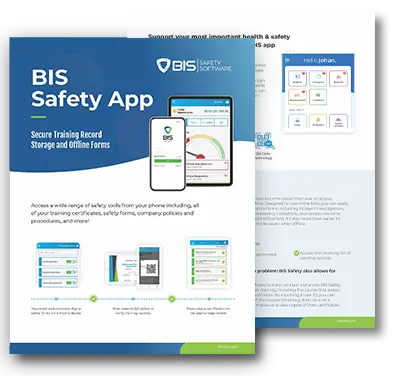
Course details
HAZWOPER: Radiation & Biological Exposures
HAZPOWER: RADIATION & BIOLOGICAL EXPOSURES
Hazardous waste is a serious problem that continues to endanger humans, animals, and environmental quality. However, as workers clean up hazardous waste sites, they face safety and health hazards. OSHA issued the Hazardous Waste Operations and Emergency Response (HAZWOPER) Standard to protect workers during cleanup operations and help them handle the wastes safely and effectively.
When you think of hazardous waste cleanup sites, hazardous waste and other hazardous chemicals come to mind. However, some sites pose radiological and biological hazards. To remain safe in the work environment, it's important that workers have training on these hazards and protective measures to eliminate or reduce their exposure.
This HAZWOPER training course is designed to familiarize workers with the types of radiation they may encounter at work, dose limits, postings, and how to minimize exposure to radiation. It is also designed to inform workers about the different types of biological agents they should be aware of and how to protect themselves from bloodborne pathogens, as well as poisonous plants, animals, and insects.
Course Overview
Hazardous waste is a serious problem that continues to endanger humans, animals, and environmental quality. However, as workers clean up hazardous waste sites, they face safety and health hazards. OSHA issued the Hazardous Waste Operations and Emergency Response (HAZWOPER) Standard to protect workers during cleanup operations and help them handle the wastes safely and effectively.
When you think of hazardous waste cleanup sites, hazardous waste and other hazardous chemicals come to mind. However, some sites pose radiological and biological hazards. To remain safe in the work environment, it's important that workers have training on these hazards and protective measures to eliminate or reduce their exposure.
This HAZWOPER training course is designed to familiarize workers with the types of radiation they may encounter at work, dose limits, postings, and how to minimize exposure to radiation. It is also designed to inform workers about the different types of biological agents they should be aware of and how to protect themselves from bloodborne pathogens, as well as poisonous plants, animals, and insects.
- Identify the parts of an atom and the main characteristics of alpha, beta, and gamma radiation
- Discuss how radiation is measured and the OSHA dose limits for whole body, extremities, and skin of the whole body
- Describe measures to protect themselves from radiation including; time, distance, and shielding; ALARA (As Low As Reasonably Achievable) principles; protective equipment and clothing; safe work practices; and training
- Identify the radiation symbol and postings used for radioactive materials, airborne radioactivity areas, radiation areas, and high radiation areas
- Recognize the different types of biological agents they could be exposed to at work including poisonous plants, animals, insects, and bloodborne pathogens
- Explain the importance of protecting themselves from bloodborne pathogens and what control measures can be taken for protection
- Identify ways to prevent contamination when responding to an injury involving blood and what measures can be taken if they are potentially exposed to blood or other potentially infectious materials
Topics Covered
- Ionizing Radiation
- Non-Ionizing Radiation
- Types of Ionizing Radiation
- Sources of Radiation
- Effects of Radiation
- Measuring Exposure to Radiation
- Dose & Dose Limits
- Dosimeters
- Time, Distance, & Shielding
- ALARA
- Biological Agents
- Poisonous Plants
- Poisonous Snakes
- Exposure to Bloodborne Pathogens
- Protect Yourself
- Control Measures
- Symbols and Colors
- And more
This course takes approximately 75 minutes to complete
A passing grade of 80% or higher required. Up to 3 attempts are provided.
A certificate will be provided upon the successful completion of this course










































